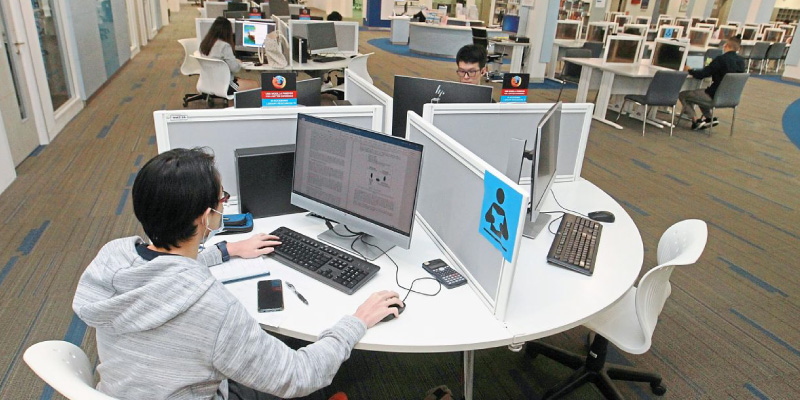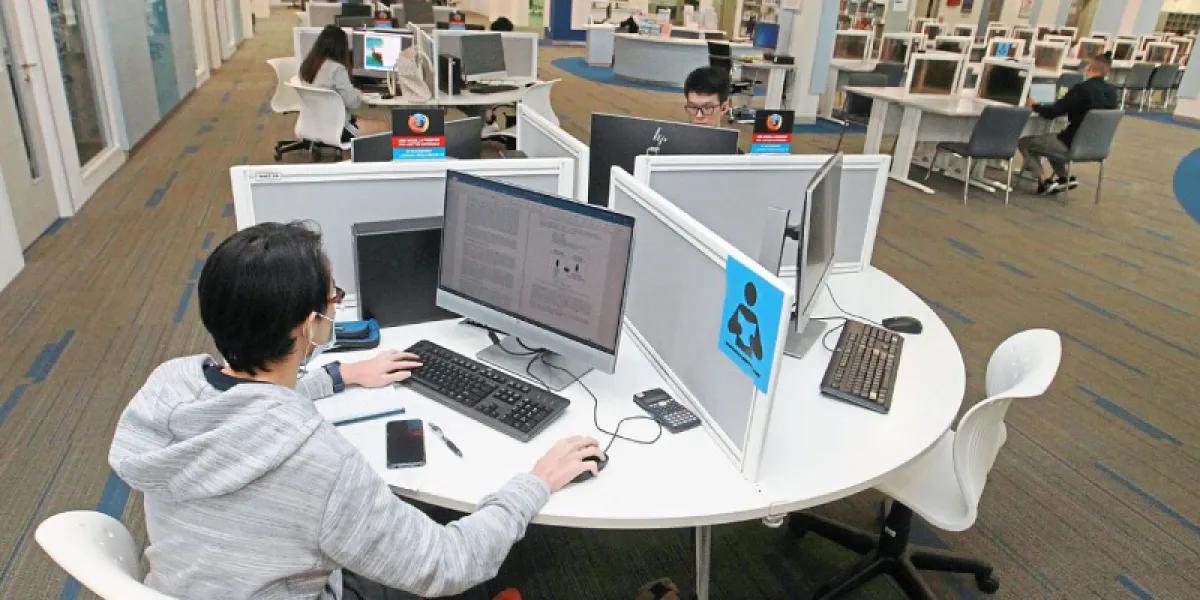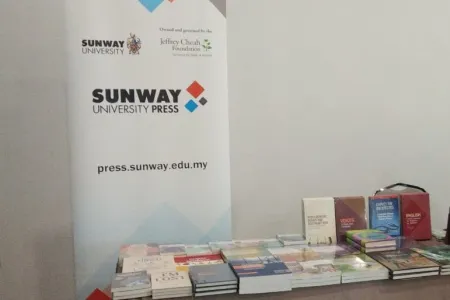Much of the recent growth in higher education globally has been led by private colleges and universities being established to meet the demand for degrees by a growing aspirational middle class.
But with learners being able to access high-quality course content online, including massive open online courses, engaging with peers and professors via social media and being assessed by artificial intelligence (AI) algorithms, some pundits foresee the end of the traditional university campus as we know it.
What then lies in the future for universities and, in particular, for private institutions and for their campuses?
Unsurprisingly, some institutions foresee the end of the traditional teaching campus and see the potential to divest themselves of people and infrastructure while still delivering high-quality education to their students.
While such predictions saying technology will be the end of the traditional campus may be premature, many private higher education institutions (IPTS) are now considering their future physical estates’ needs in the context of increasing educational virtualisation.

The evolution of private institutions
Fundamentally, private higher education institutions are likely to continue to play an increasing and important role in educating the highly skilled workforce needed, particularly in newly industrialising economies like Malaysia.
The role of these institutions however, will need to evolve to meet the expectations and requirements of their students.
Learners will certainly want virtualised educational experiences and the flexibility that goes with this, but it is unlikely that this will lead to the death of the private higher education campus. The reasons for this are both cultural and psychological.
Firstly, young people may want the flexibility to study as and when they want in a virtual world but they also want real human contact and interaction with bright academics.
A campus provides the context in which young people learn to interact with each other as adults, make friends and even find a future partner or spouse.
Most students do not want to remain at home separated from individuals of their own age apart from their siblings; nor do their parents want them at home all the time, something that became apparent during lockdown for the Covid-19 crisis.
Secondly, universities are dynamic places, which lead in the discovery and propagation of new knowledge.
They are places that are likely to stimulate disruptive inventions and to challenge existing wisdom on many aspects of human life. In so doing, they are inextricably linked to the evolution of society.
So, in some aspects, the campus of the future is more likely to resemble the classic Roman forum or Greek agora than a traditional campus full of teaching rooms, lecture theatres and offices. It will be a place of socialisation, collective learning and debate. It will still be a campus, occupying an important place in the lives of young people.
Content for a changing world
Besides changes in how higher education is delivered, there are likely to be dramatic shifts in what is delivered.
It is predicted that up to 50% of current jobs will be automated out of existence within 20 years, which is within half of today’s graduates’ working life.
Graduates will therefore need the resilience to cope with a rapidly changing world in which their chosen professions may simply disappear.
They may choose not to be educated in rigid single-subject degree programmes or in programmes that have any kind of major theme at all.
They may find it far more useful and relevant to knot together a broad range of knowledge and skills picked up from different sources or institutions.
Within their portfolio of skills, they will want traditional professional skills such as team-working and business communication.
They may also want entrepreneurship skills, knowledge of the power of the latest technologies and AI programming techniques.
They may want to know accounting and legal knowledge to enable them to start businesses, even though their professional interest lies in creative arts.
All of these changes, and more, will drive fundamental changes in the way higher education is conceived, structured, offered, delivered and consumed.
Universities therefore need to think about what their campus will look like long-term, how they can adapt to new technological opportunities and ensure that their staff and resources are well optimised to take advantage of them.
Prof Graeme Wilkinson is the vice-chancellor of Sunway University, a private not-for-profit university owned by the Jeffrey Cheah Foundation. He is a physicist who obtained his doctorate from Oxford University. This article is an excerpt from his latest book “Managing Effectively in Academia: A Guide to Good Practice for Academic Managers and Leaders in Higher Education.”
The views expressed here are the writer’s own.
Source: The Star







